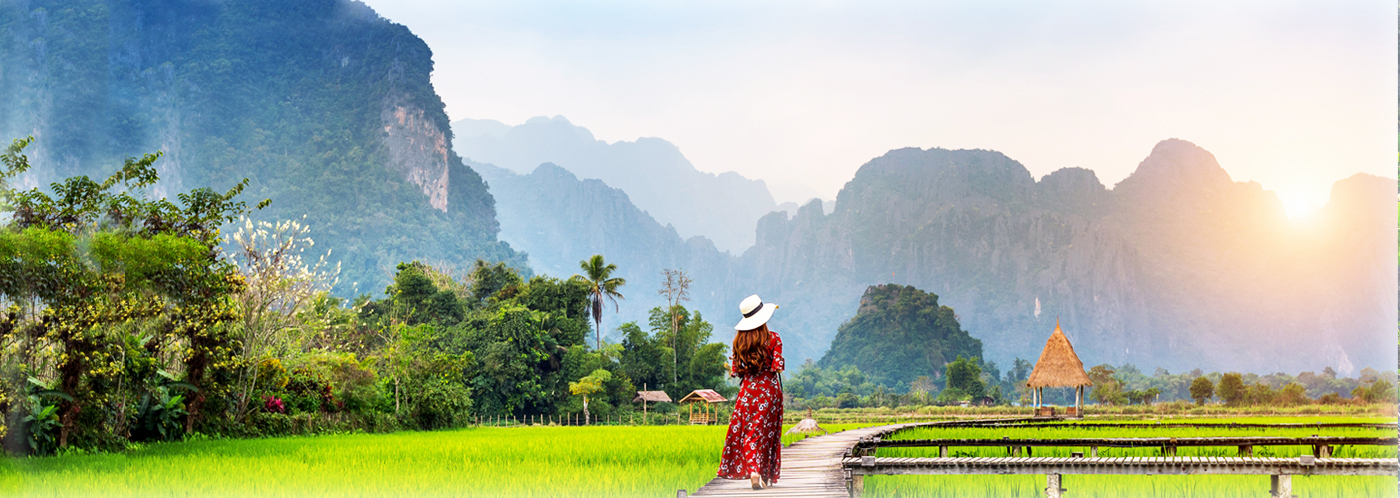Tracing the Highlands – A Three-Day Journey Through Gia Lai
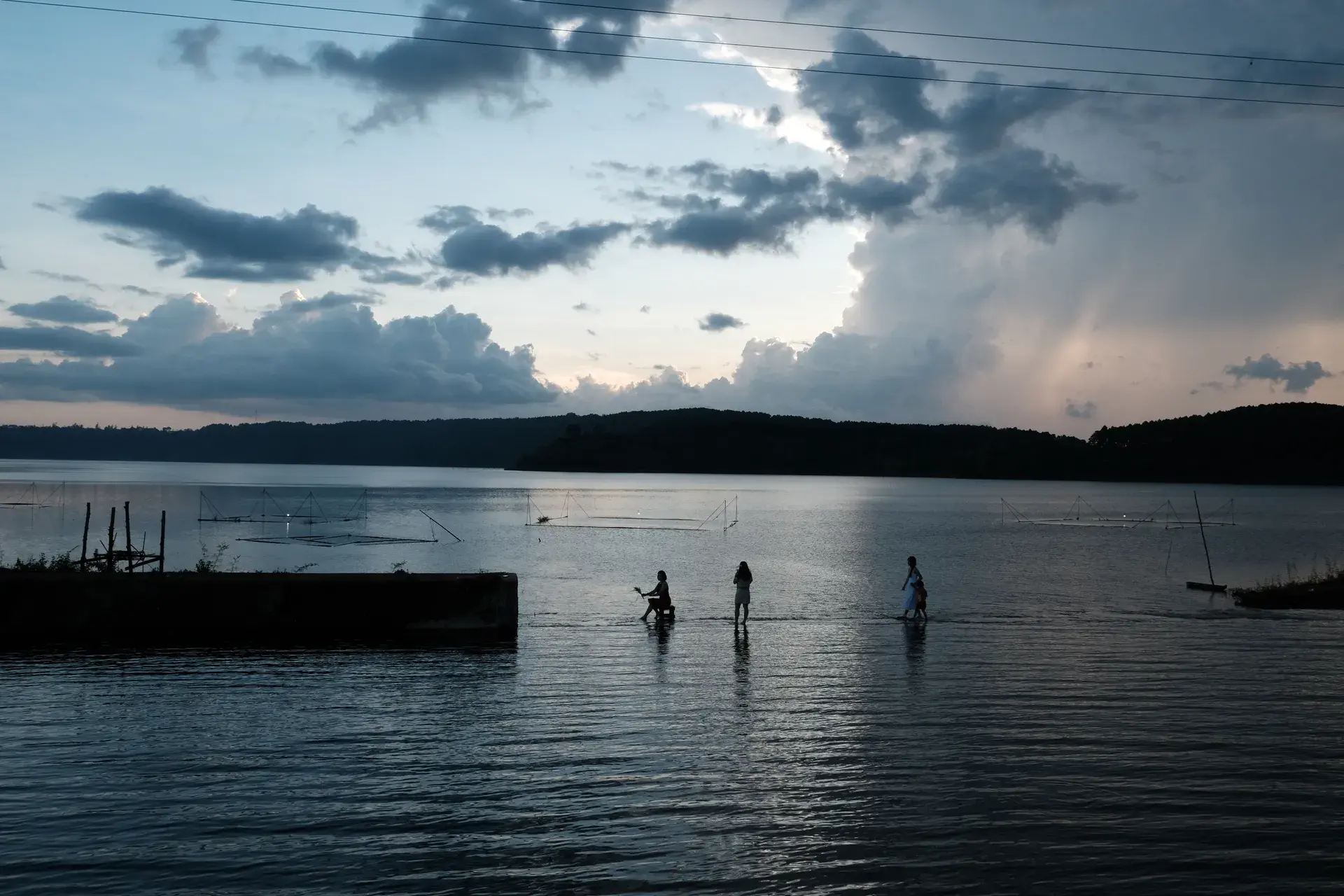
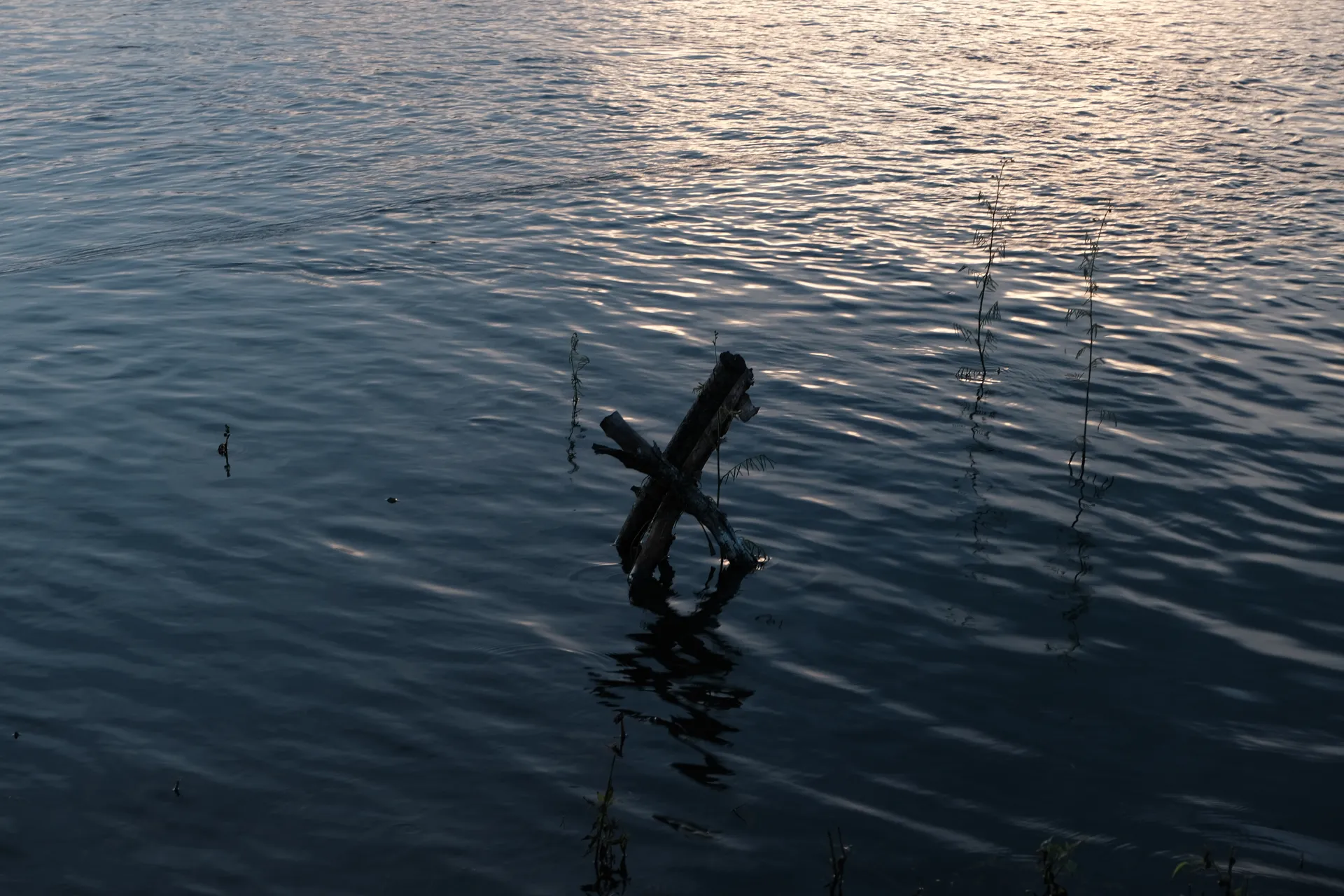


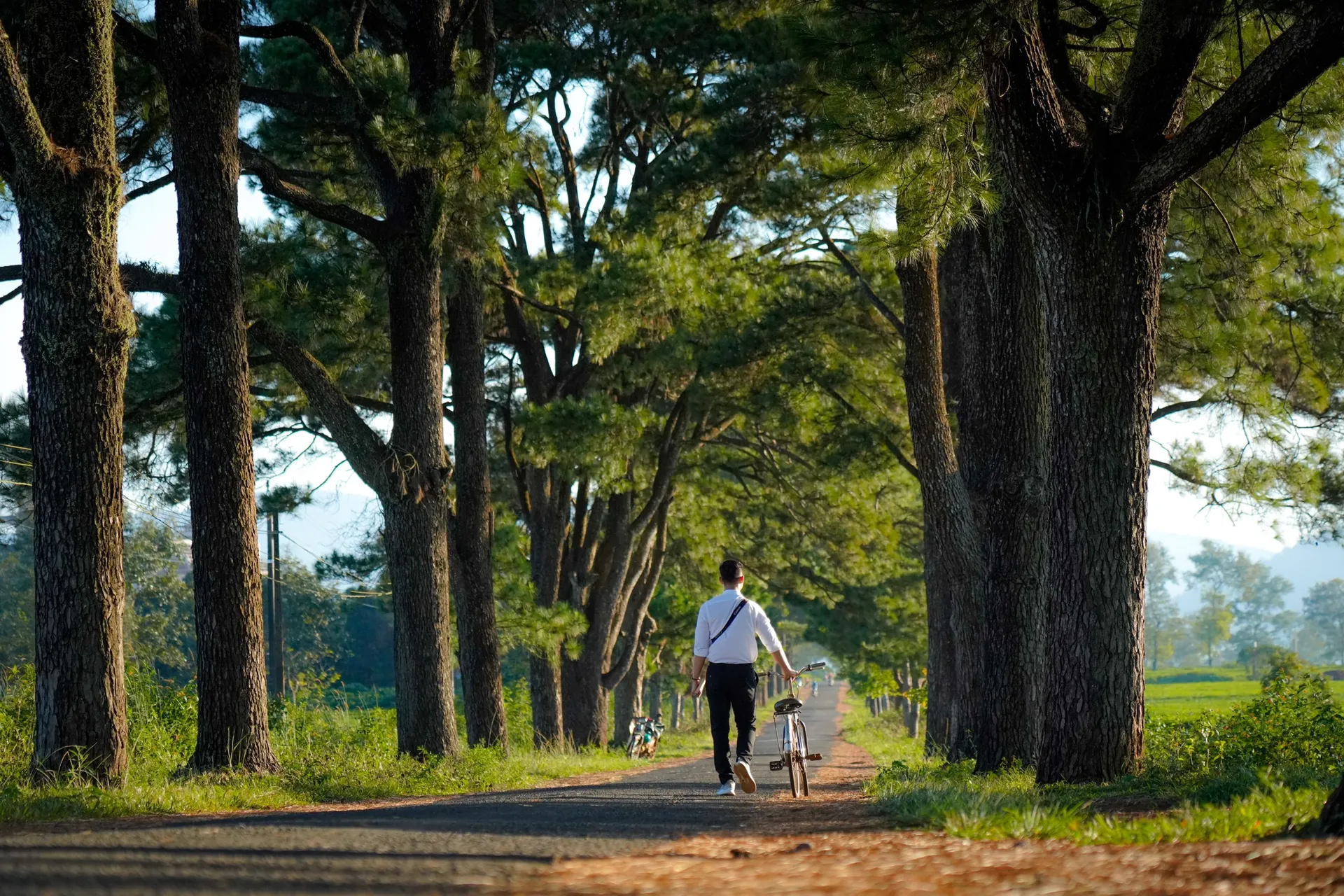
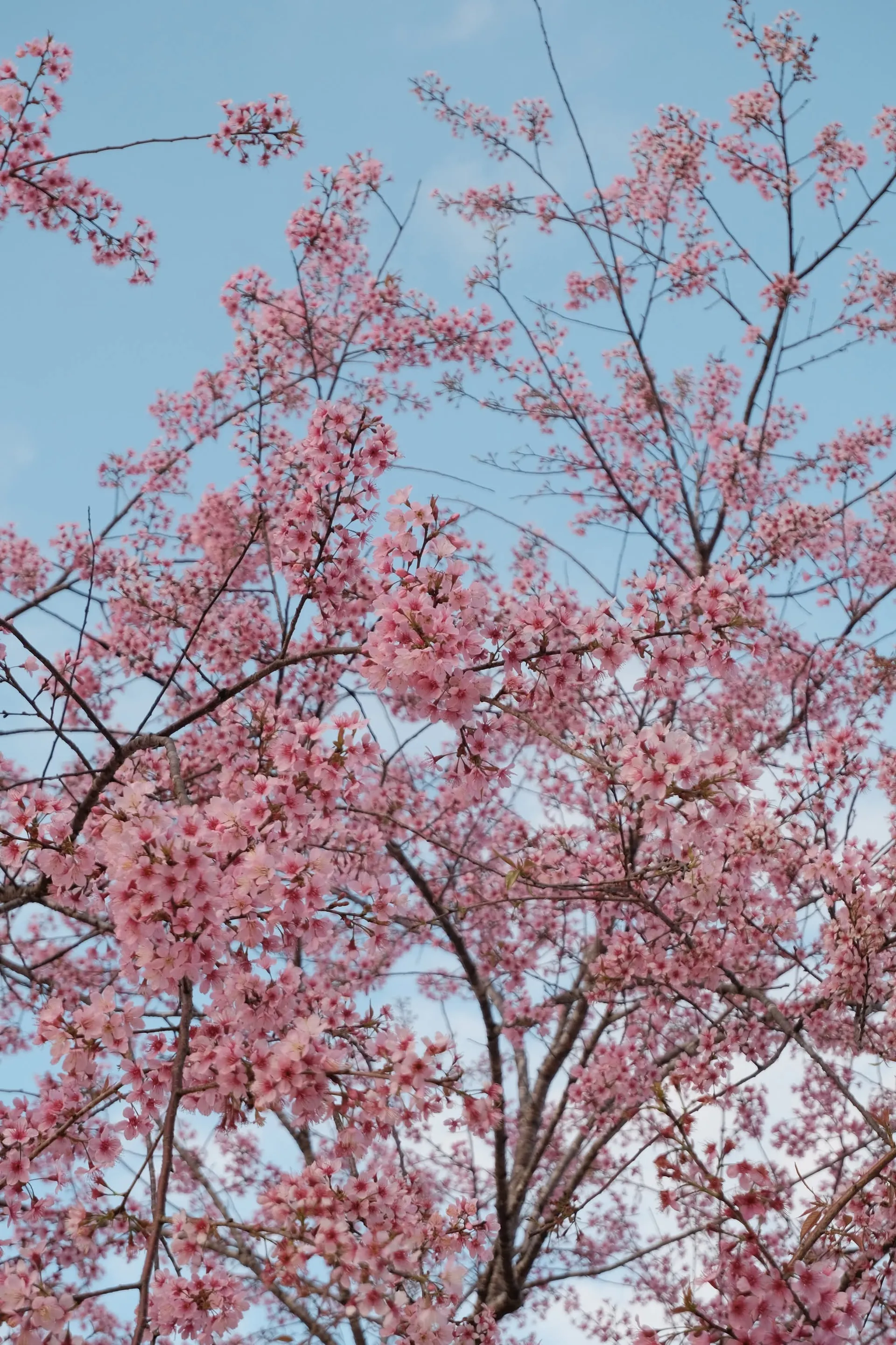
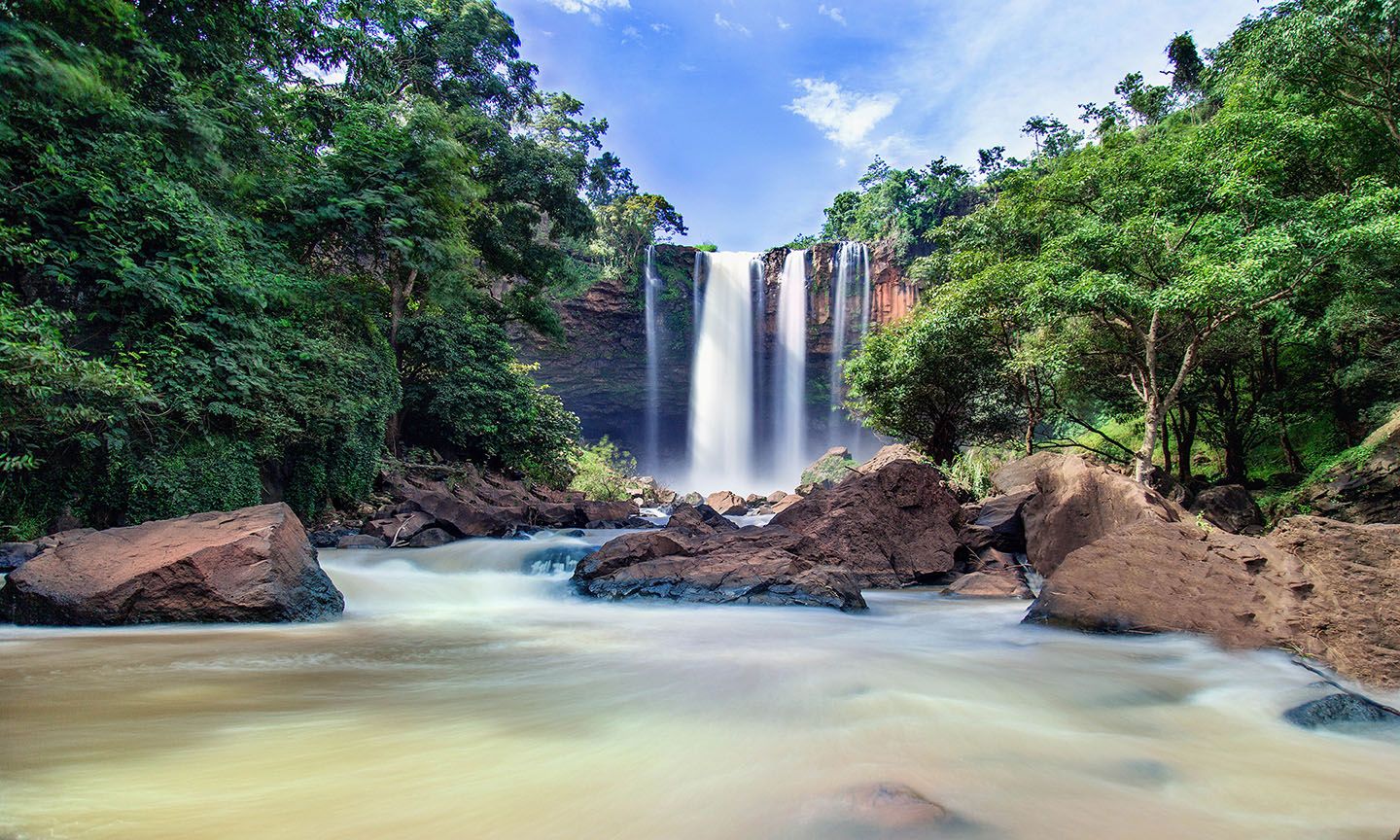
Among Vietnam’s highland destinations, Gia Lai stands out as a place where tranquility and raw beauty remain untouched. While other regions have grown vibrant and bustling, Gia Lai preserves its quiet charm with misty hills, whispering pine forests, and winding mountain roads. A three-day, two-night trip may seem brief, yet it offers just enough time to understand why this land captivates travelers without ever needing to boast.
The Best Time to Visit
Situated in the heart of the Central Highlands, Gia Lai experiences a tropical highland climate with two distinct seasons: dry and rainy. The dry season, from November to April, is considered the most ideal time to visit. During this period, golden sunlight floods the hills, red basalt roads become easy to traverse, and the landscape glows with blooming wild sunflowers and ripened rice fields.
If you miss the year-end season, February to March also paints Gia Lai in delicate beauty as coffee blossoms blanket the hills in white and cherry blossoms bloom across the highlands, filling the air with fragrance and color.
Getting There
The most convenient way to reach Gia Lai is by air, with direct flights from major cities to Pleiku Airport. The airport’s proximity to the city center makes it easy to begin your journey upon arrival.
For travelers who prefer a more immersive experience, long-distance buses offer a scenic ride from the lowlands to the highlands, passing through winding mountain passes, green forests, and foggy valleys. Adventurous travelers departing from Ho Chi Minh City or Da Nang may also consider self-driving or motorbike trips for greater freedom, though the distance from Hanoi makes this less practical.
Where to Stay
While Gia Lai may not yet boast many luxury resorts, it offers a range of cozy and authentic accommodations. Many travelers opt for charming homestays that blend seamlessly with nature, where morning sunlight filters through wooden windows and mountain breezes stir the leaves outside. These stays provide the perfect setting for rest and renewal.
For those who prefer comfort and convenience, Pleiku’s hotels and guesthouses offer reliable options for both short stays and extended trips. The diversity of accommodations ensures that every visitor can find a place that matches their travel style, whether simple and rustic or modern and refined.
Three Days in Gia Lai
Day 1
Arrive in Pleiku in the cool morning air and start your journey with a taste of the city’s signature dishes. Local favorites include dry pho, grilled chicken with bamboo-tube rice, and for the more adventurous, fermented crab noodle soup—a unique specialty that surprises and delights.
After settling into your accommodation, begin your exploration in the late afternoon at T’Nưng Lake, often called the “eyes of Pleiku.” The lake’s emerald waters curve gracefully between red basalt hills, and the mountain breeze carries a crisp freshness that makes every visitor pause in awe.
Continue to the Hundred-Year Pine Road, a picturesque stretch lined with towering pine trees that form a green canopy overhead. The sunlight filtering through the branches and the soft sound of rustling leaves make this one of Gia Lai’s most enchanting spots.
Day 2
Begin your second day with an early walk around Dien Hong Park, where the morning mist still lingers and the city slowly awakens. Afterwards, stop by Thu Ha Coffee, a beloved local café that has been serving rich, aromatic coffee for over fifty years. Sitting by the roadside with a cup in hand, you can watch the daily rhythm of Pleiku unfold.
From the city, a 90-minute drive leads to Phu Cuong Waterfall in Chu Se District. Along the way, coffee and pepper plantations stretch endlessly on both sides. The waterfall itself cascades dramatically over dark volcanic rocks, its misty spray shimmering under the sunlight. During the dry season, visitors can approach closer to the falls and fully feel the power of nature.
Day 3
The final morning in Gia Lai arrives quietly. Begin your day at Buu Minh Pagoda, an ancient temple nestled among rolling tea hills. The sound of temple bells mingling with birdsong and the cool mountain air create a sense of calm and reflection.
Before heading back, visit Tan Son Reservoir, a peaceful spot where still waters mirror the vast highland sky. It is an ideal place for a short walk, a few quiet moments, or a last photo to capture the journey.
As the sun begins to set, Pleiku glows softly under the golden light of dusk. The trip may be short, but its gentle pace and untouched beauty linger long after you leave, inviting you to return once more to this serene highland haven.
Recent Post
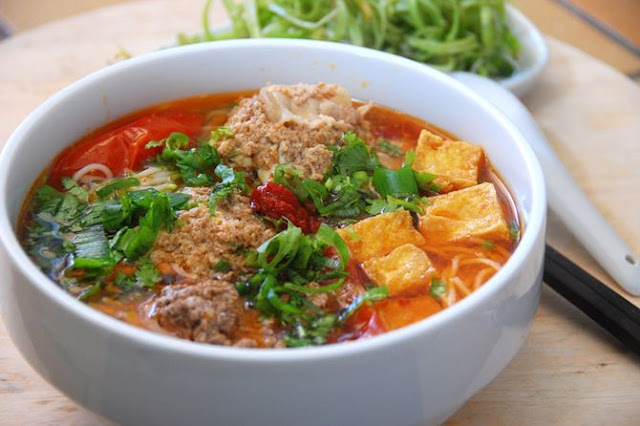
Nha Trang Crab Vermicelli: A Coastal Twist on a Northern Classic
Among Vietnam&rsqu...
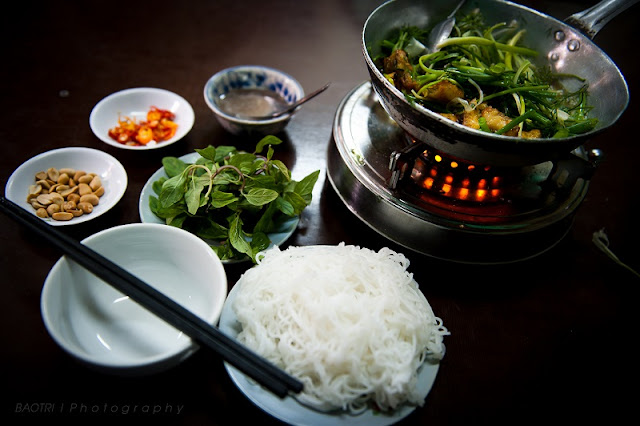
Cha Ca La Vong: The Iconic Hanoi Turmeric Fish with Dill
Among the many bel...
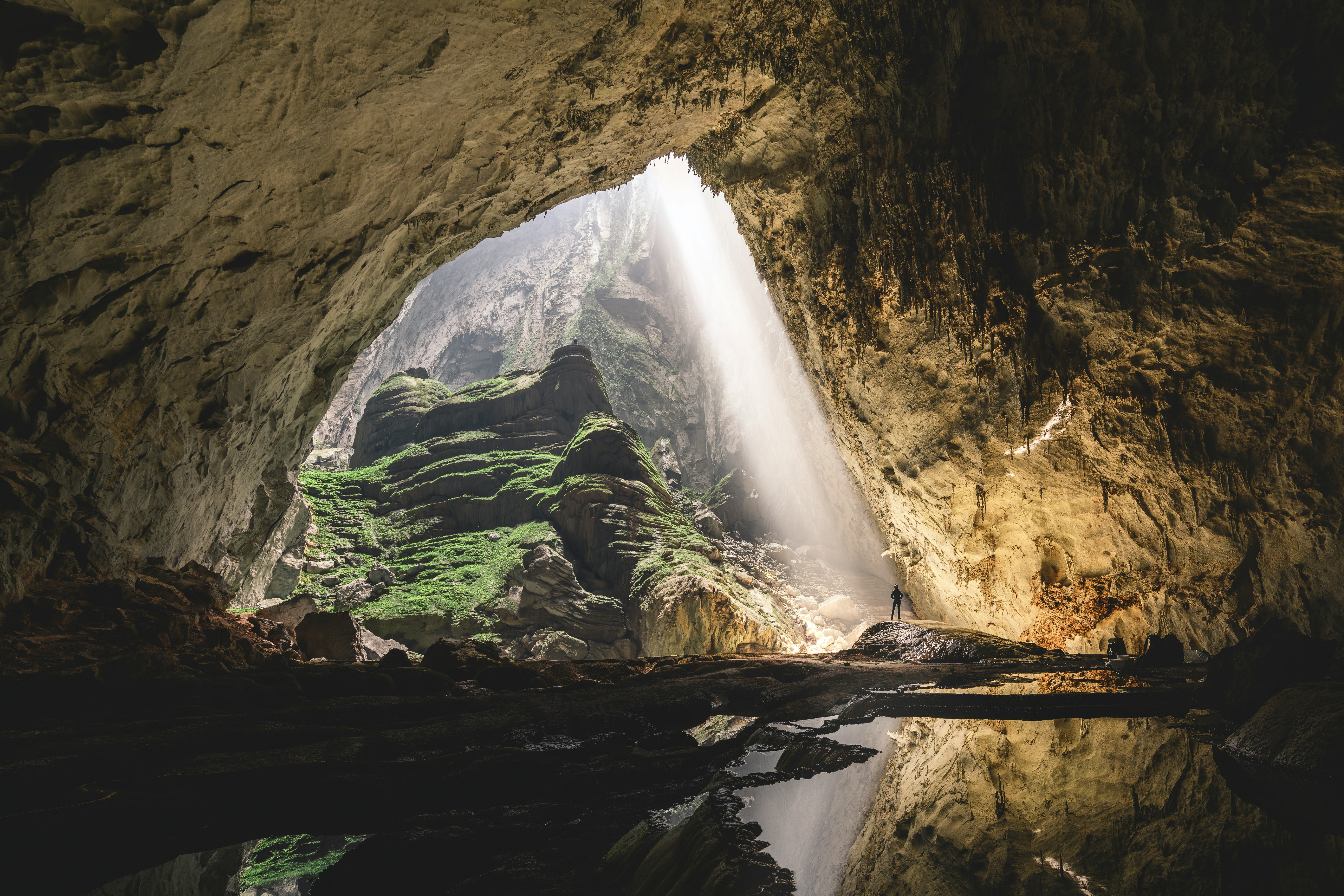
Son Doong Cave - Vietnam’s Emerging Natural Wonder and Tourism Magnet
Located in the cen...
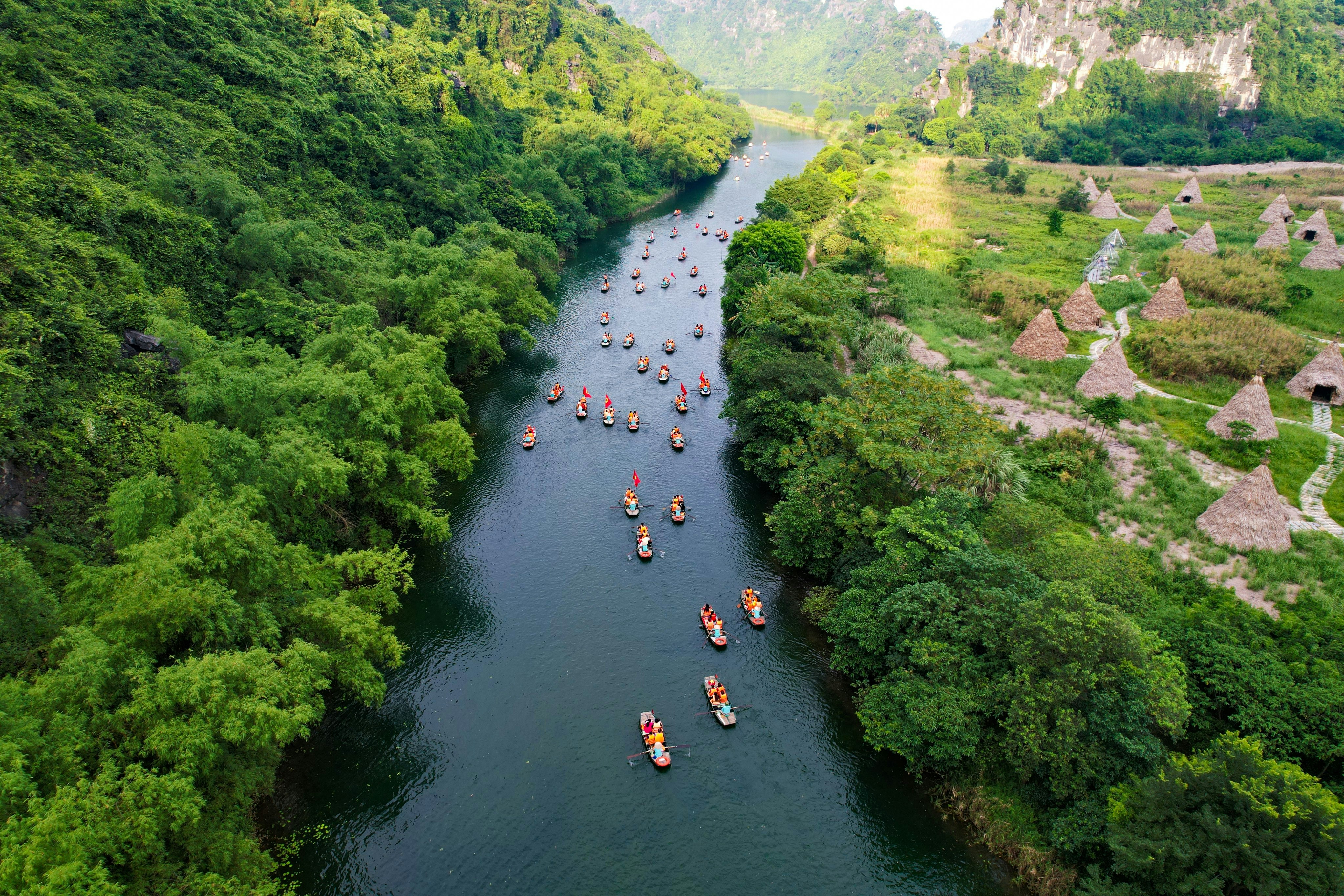
Trang An Scenic Landscape Complex - The “Ha Long Bay on Land” of Ninh Binh
Recognized by UNES...
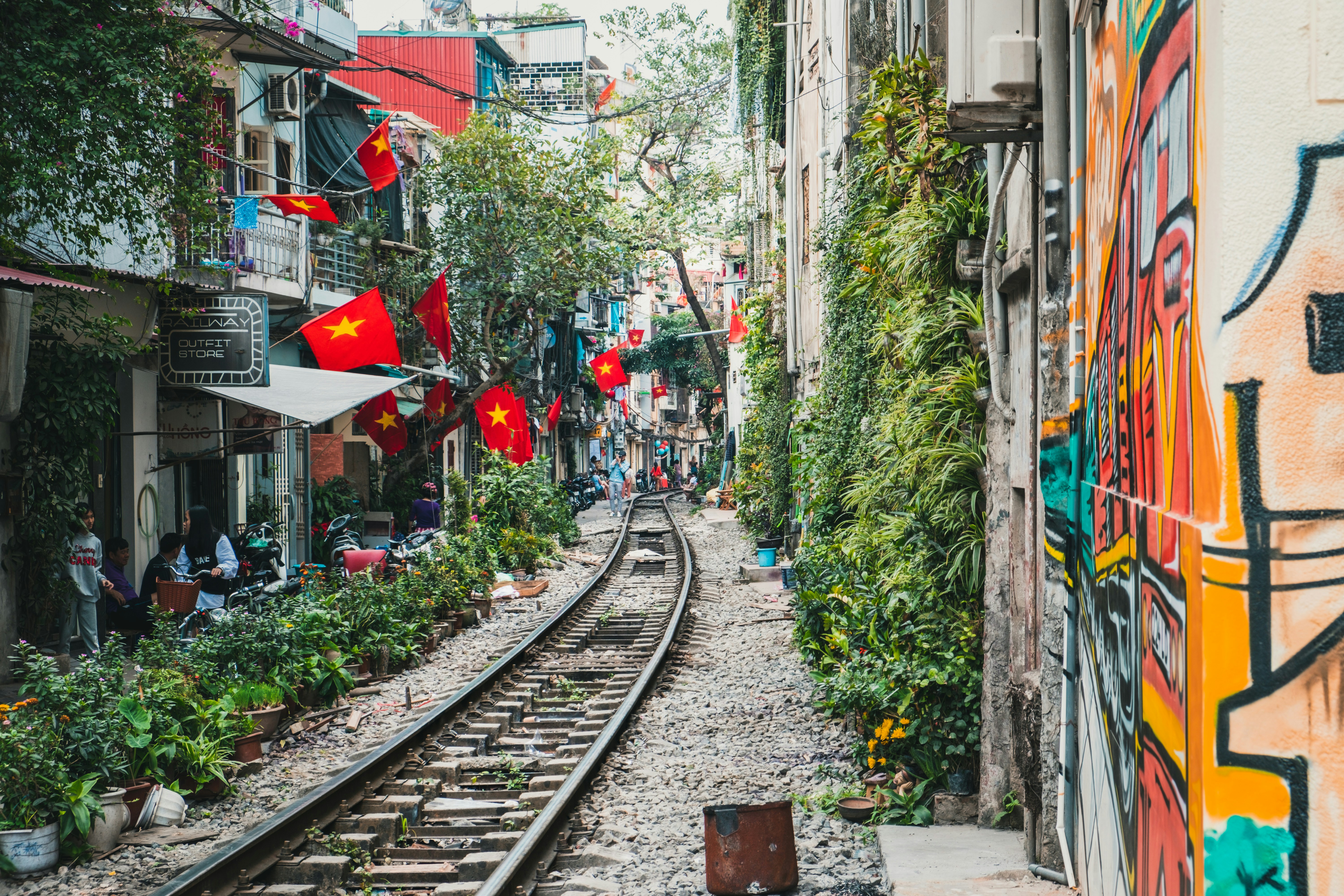
Hanoi Ranks Second Among Asia’s Top Honeymoon Destinations
Hanoi, the capital...
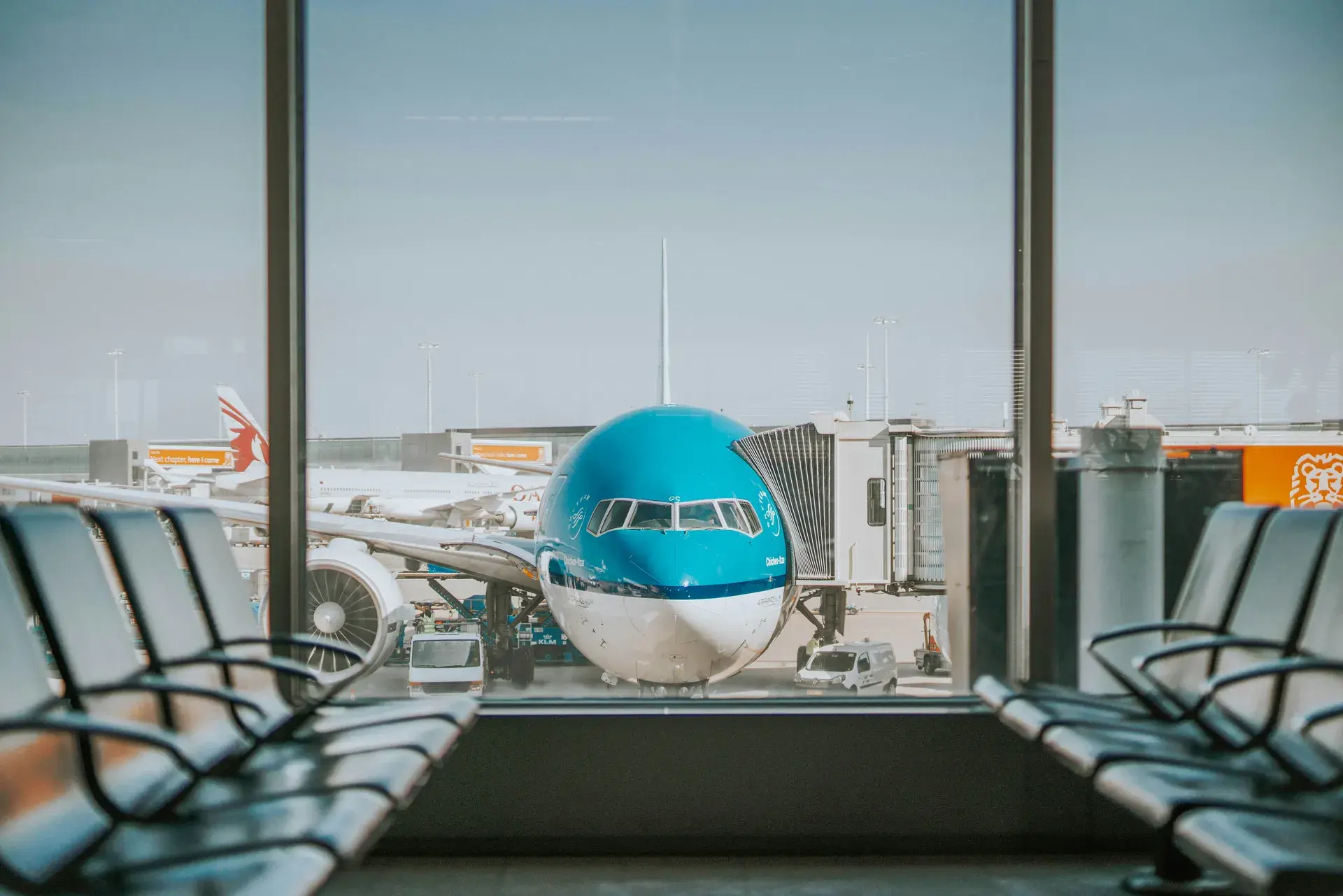
10 Smart Ways to Travel Better While Saving More
Today’s trav...

